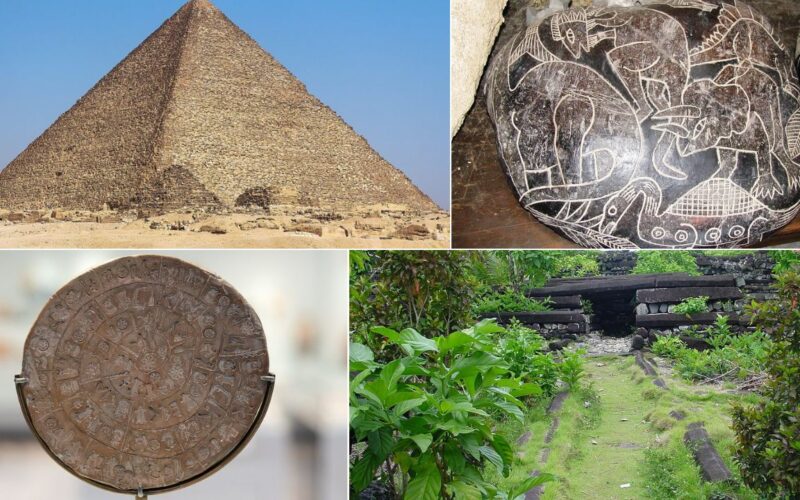Despite our modern tools and theories, some ancient discoveries still leave scientists speechless. These artifacts, structures, and relics challenge what we think we know about human history. From massive temples built by pre-farmers to devices that seem decades ahead of their time, these mysteries continue to raise questions with no solid answers. Here are 12 archaeological finds that remain unsolved, unexplained, and endlessly fascinating.
1. Göbekli Tepe, Turkey
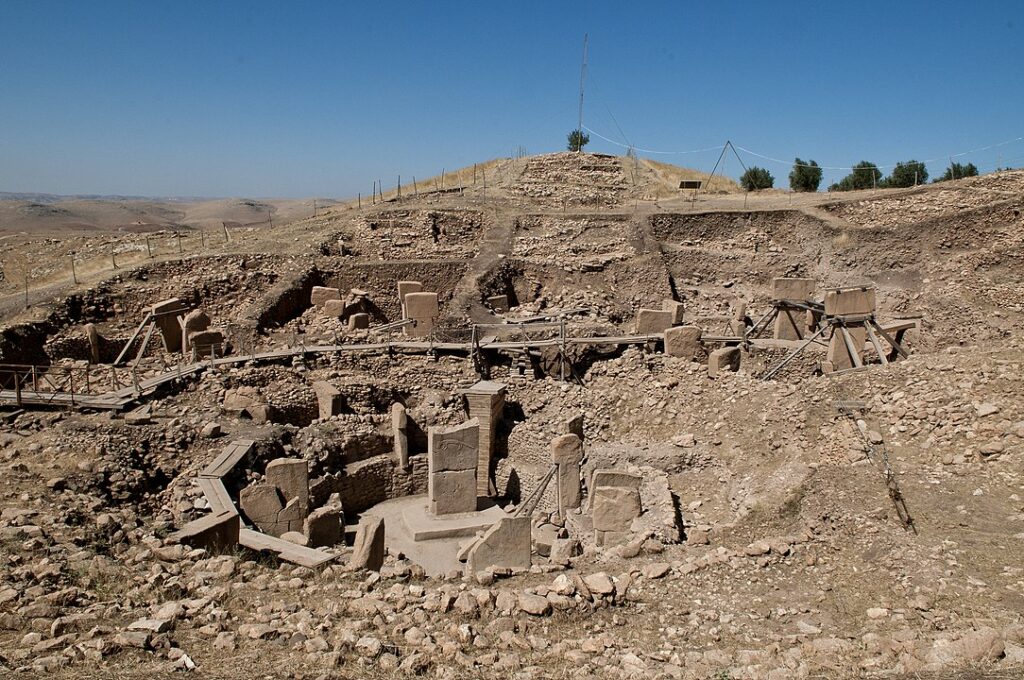
Built over 11,000 years ago, Göbekli Tepe predates farming, metal tools, and written language, yet features massive carved stone pillars arranged in circles. Hunter-gatherers supposedly built it, but how did they move stones weighing up to 10 tons without wheels or animals? No signs of daily living were found nearby. It’s still unclear whether it was a temple, a social hub, or something else entirely. Its purpose remains a mystery that rewrites early civilization timelines.
2. The Phaistos Disc, Crete
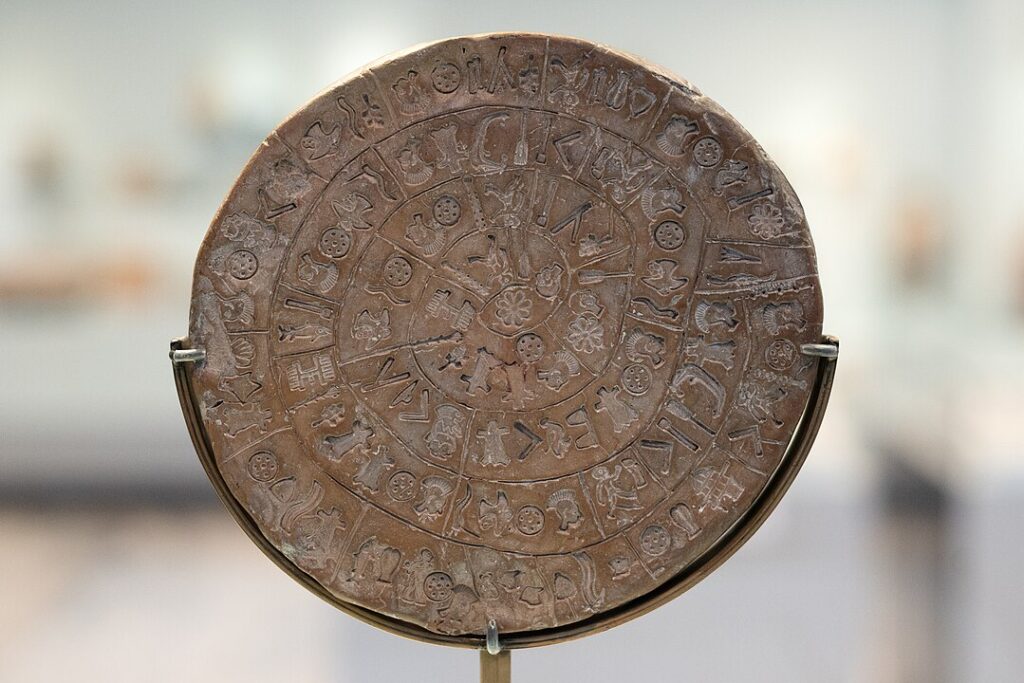
Discovered in 1908, the Phaistos Disc is a circular clay tablet covered in mysterious symbols arranged in a spiral. Dated around 1,700 BCE, the symbols don’t match any known language. Some scholars believe it’s a prayer or hymn, while others suggest it’s an ancient calendar or even a hoax. Despite many attempts to decode it, no one has succeeded. With no similar artifacts to compare it to, the disc’s origin and meaning remain unknown.
3. Antikythera Mechanism, Greece

Found in a shipwreck off Greece, the Antikythera Mechanism is a 2,000-year-old bronze device with complex gears. It could predict eclipses, track moon phases, and model planetary movements, essentially an ancient analog computer. What’s baffling is its technological advancement; nothing like it appears for another 1,000 years. Who built it, and how that knowledge was lost for centuries, is still a mystery. It completely challenges assumptions about what ancient engineers were capable of.
4. Roman Dodecahedrons
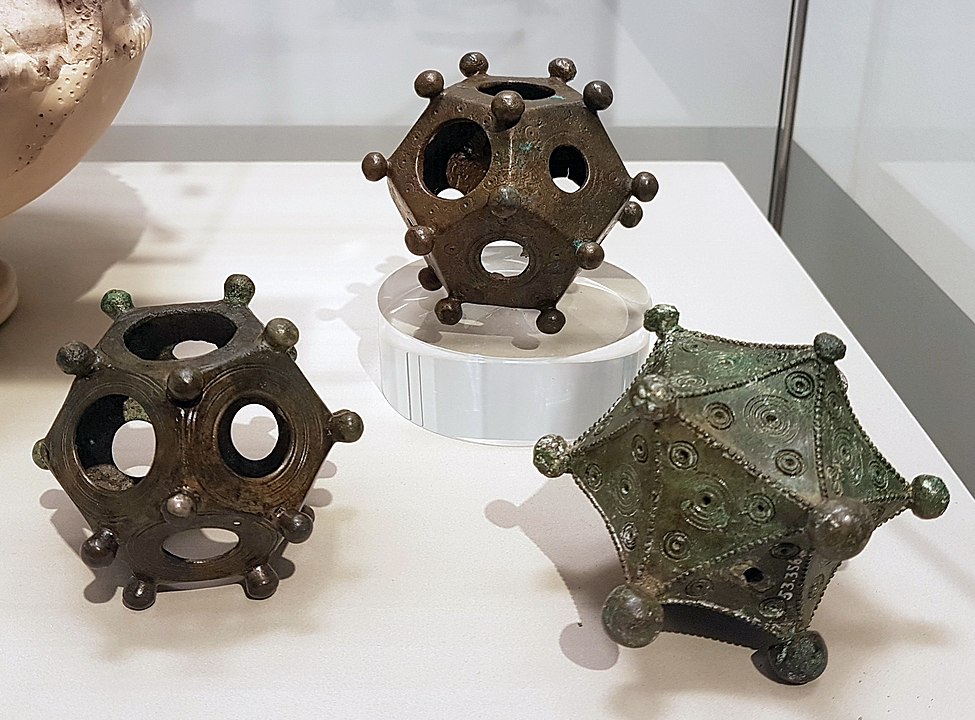
Dozens of bronze dodecahedrons, 12-sided hollow objects, have been uncovered across Roman territories. They date from the 2nd or 3rd century, but no one knows what they were used for. Theories range from candle holders to gaming dice, surveying tools, or religious artifacts. The biggest mystery? No Roman texts mention them, and their function remains speculative. Despite being found in different regions, their uniform design suggests they had an important but still-undeciphered purpose.
5. Nazca Lines, Peru
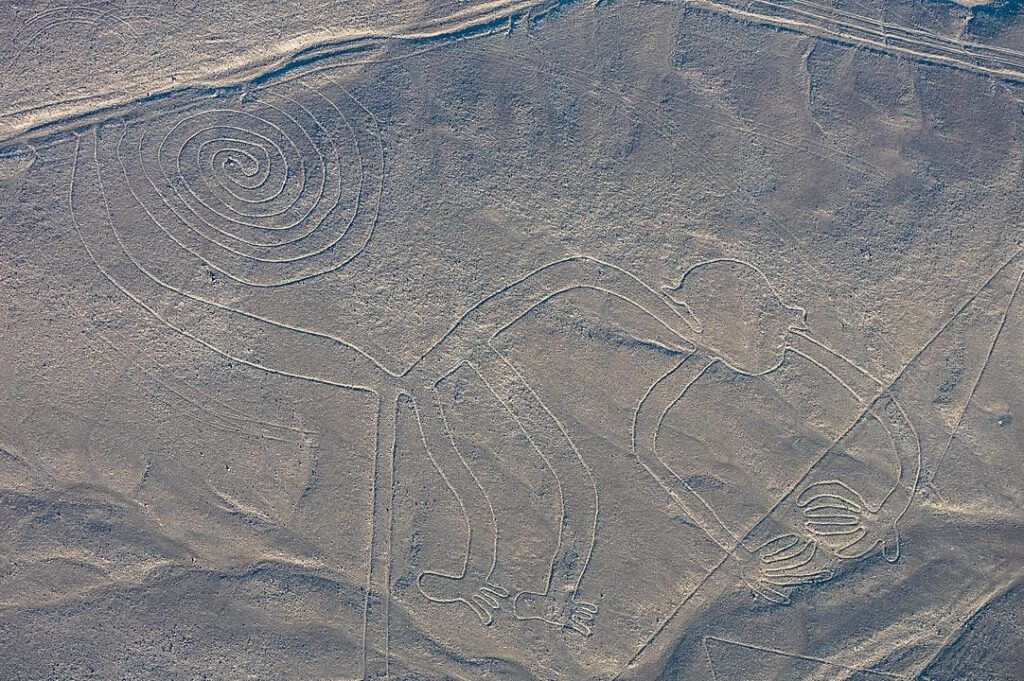
The Nazca Lines are massive geoglyphs etched into the desert floor, depicting animals, plants, and shapes only visible from the sky. Created between 500 BCE and 500 CE, how and why they were made remains unclear. Some believe they were ritual paths or astronomical markers. Others suggest religious or alien theories. Despite decades of research and drone scans, scientists still haven’t agreed on a single explanation for these breathtakingly precise designs.
6. Yonaguni Monument, Japan

Off the coast of Japan lies the Yonaguni Monument, a submerged rock formation that looks like a step pyramid. Some believe it’s the remains of an ancient city flooded by rising sea levels, while others argue it’s a natural formation shaped by tectonic activity. No tools or artifacts have been found to prove human involvement. The mystery deepens because it blurs the line between natural geology and potential prehistoric architecture.
7. Giza Underground Chambers
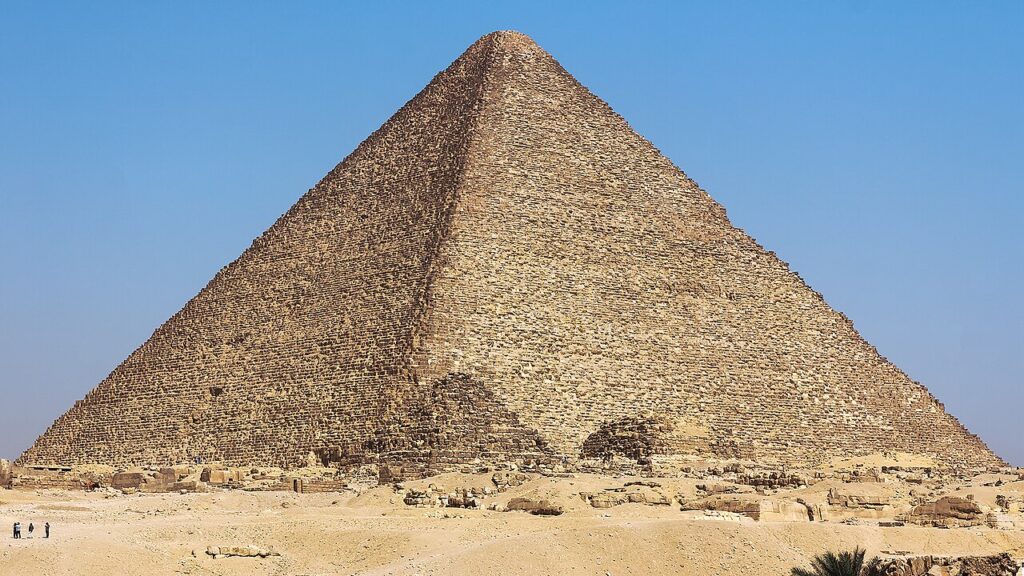
Some fringe researchers believe vast underground chambers lie beneath the Pyramids of Giza, possibly predating known Egyptian civilization. Radar scans and alternative theories claim symmetrical structures buried deep under the sand, suggesting forgotten civilizations. However, mainstream archaeologists dispute these claims, citing a lack of evidence. If the scans are accurate, it could mean history needs rewriting. But without excavation, the full story of what lies beneath remains locked in mystery and controversy.
8. Lindow Man, UK
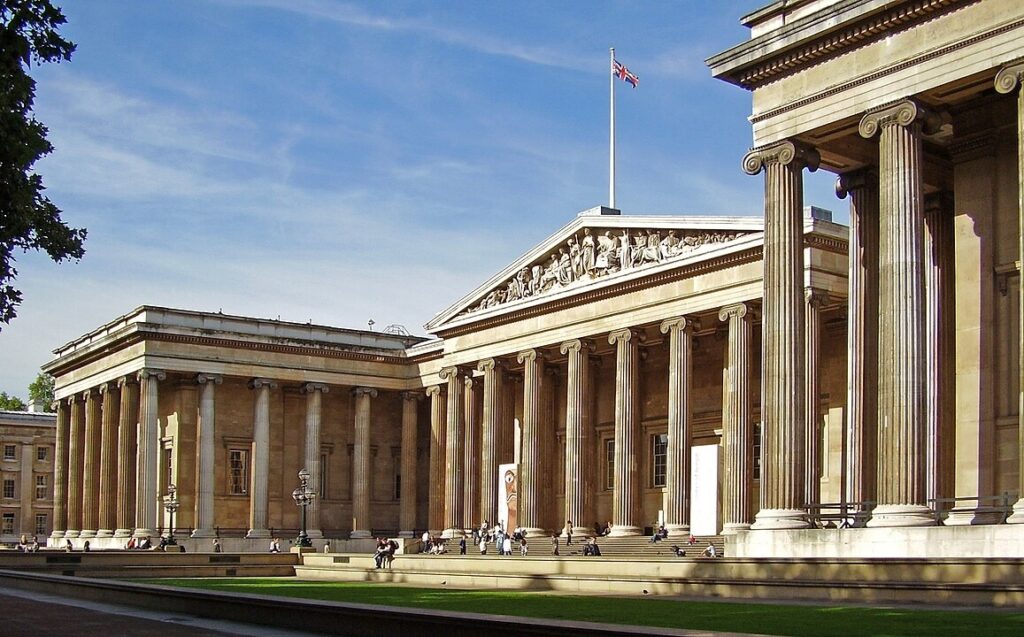
Found in a peat bog in Cheshire, England, Lindow Man is a well-preserved body dating back to the Iron Age. What baffles scientists is the cause of death; he was hit on the head, strangled, and had his throat cut. Was it murder, execution, or ritual sacrifice? His body was preserved naturally, but there’s no clear reason why he was buried in a bog. His identity, the killers, and the ritual behind it are all still unknown.
9. Heslington Brain, UK
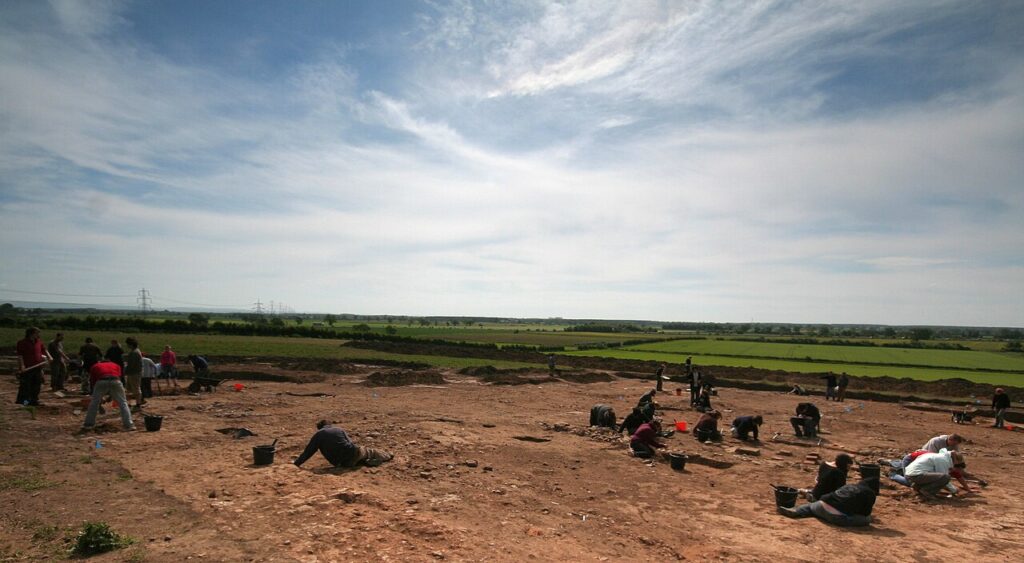
In 2008, archaeologists unearthed a 2,600-year-old human skull with the brain still intact, one of the oldest ever found. Normally, soft tissue decays rapidly, but this brain was well-preserved in wet, oxygen-free soil. Scientists still don’t fully understand how it avoided decomposition. What’s more, there were no signs of ritual or intentional preservation. It’s an incredible anomaly that continues to puzzle researchers trying to replicate its preservation for forensic and archaeological studies.
10. Nan Madol, Micronesia
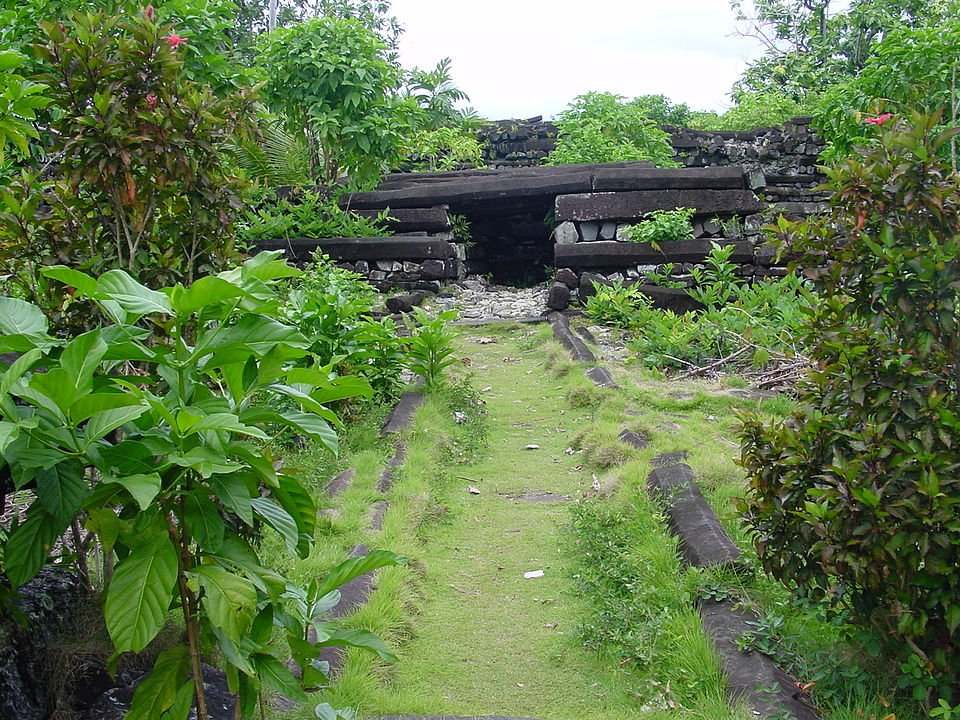
Built atop a coral reef, Nan Madol is a city of stone off the island of Pohnpei. It consists of 100 artificial islets made from huge basalt stones, some weighing 50 tons. No written records explain how these stones were transported across water without cranes or wheels. The city’s purpose is also unclear; some say it was a royal residence, others a religious site. Its remote location and mysterious construction techniques remain unsolved.
11. Ica Stones, Peru
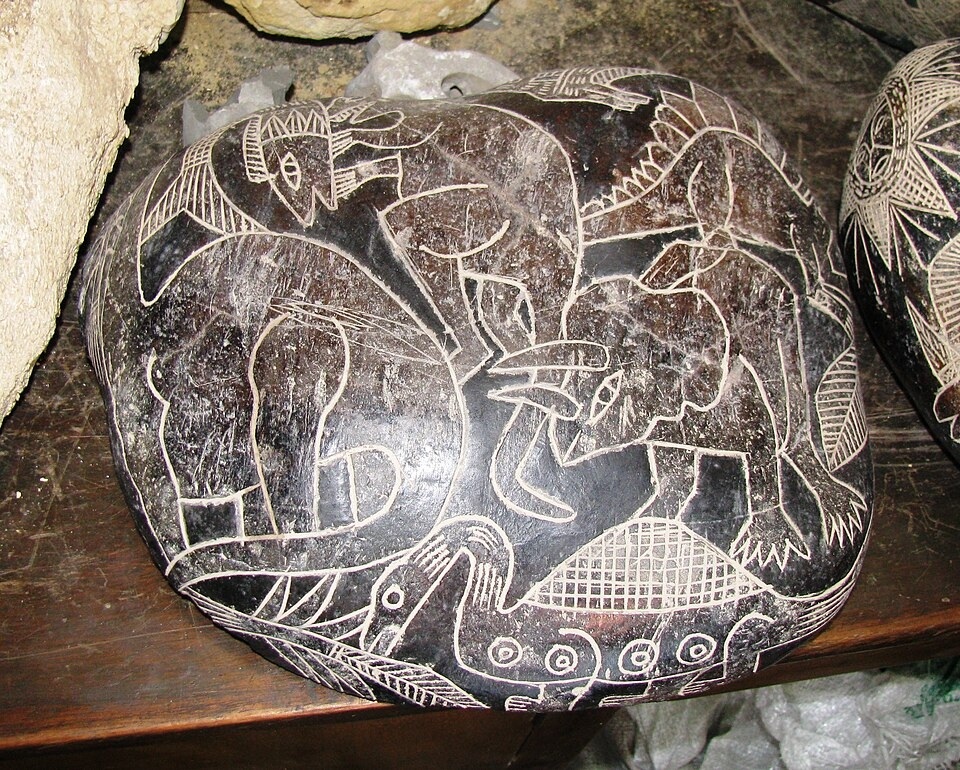
Thousands of engraved stones depicting humans coexisting with dinosaurs, advanced surgery, and maps have been found near Ica, Peru. Most scholars believe they are modern fakes created to sell to tourists, but some researchers think a few may be authentic. What makes it confusing is the sheer volume and artistic consistency of the carvings. If even one were real, it would upend everything we know about prehistoric life and human history.
12. Khatt Shebib Wall, Jordan

Stretching over 90 miles across Jordan’s desert, the Khatt Shebib Wall is a low stone structure dating back nearly 2,000 years. It’s not tall enough to act as a fortress and doesn’t align with nearby settlements. Archaeologists still don’t know who built it or why. Some believe it marked tribal boundaries, while others think it had ceremonial use. The absence of written records makes this massive construction effort one of the region’s biggest enigmas.
